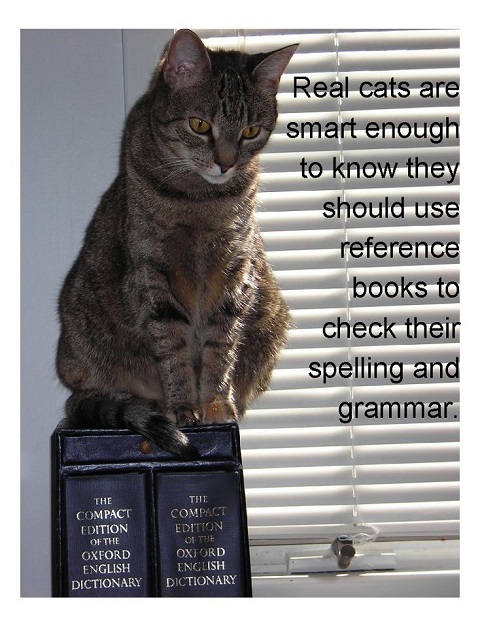For teachers and librarians

Resources
The Weenies Topical IndexNeed a story about ants, envy, or economics? With more than 400 topics, the index is your starting point for finding a story to fit any classroom need.
Weenies Literary Concepts
This language-arts themed section connects elements found in the stories with core concepts in the curriculum, from similies and metaphors to point-of-view and predictions.
Thanks to Tor Books, I now have Reader's Guides for
Hidden Talents
Invasion of the Road Weenies
Reading and Writing Activities for the Classroom
Bad PoetryHidden Talents contains several extremely bad poems written by one of Martin's teachers. Ask your students to write a bad poem. Why? I believe that when you intentionally do something badly, you need to know as much as possible about how to do it well. This exercise has several rewards. It will get your students thinking about what makes poetry bad, and about what makes it good. It will encourage them to write by giving them a fun and challenging task. And it will enliven the classroom as students share their efforts.
Tom Swifties
This is an old word game that I featured in Sleeping Freshmen Never Lie. You can use it to create a fun quiz (either fill-in-the-blank or pick from a list of choices), or let the kids make up their own. The game is based on the excessive speech descriptions used in the old Tom Swift novels. All you have to do is take an adverb and find a fun meaning for it. Then let Tom use it in a sentence. Here are a couple examples, taken from my book, to get you started. As you'll see, they run from the gamut from blatantly obvious to wonderfully subtle.
"I'd like a hot dog," Tom said frankly.
Two Point-of-View Exercises
2. Here's a quick way to give young writers a feel for writing in different viewpoints. Have them write a short paragraph from a scene you suggest. For example, "write a paragraph that shows you walking into your room." Next, ask them to make up a character. Then have them rewrite the paragraph as if it happened to that character. Explain that "I" will become "he" or "she." As a follow up, have them look through a story collection and see which stories are in first person and which are in third.
Plant a Clue
MORE TO COME
For puzzle fans, here's a children's book quiz.
The next time someone complains about a book being gross, you can show them this short essay in defense of grossness.
In an attempt to explain the inexplicable, you can read my best guesses as to why Kirkus trashed my book.
And, since Kirkus is so much fun to deflate, here's the text of my Child_lit post about Kirkus Reviews.
On the lighter side, check out the massive section of humor for librarians in the humor section.
MORE TO COME
"Stop this horse," Tom said haltingly.
"I don't know the words to this song," Tom said humbly.
"They're building new apartments down the road," Tom said constructively.
"I refuse to read Shakespeare," Tom said unwillingly."
1. Generally, writers do as much as they can to define their characters, especially the viewpoint character. In the short story, "Kidzilla," from In the Land of the Lawn Weenies, I intentionally left the details as vague as possible to heighten the sense of fantasy, and to allow every school-age reader to identify with the narrator. Ask your students to decide whether the main character is a boy or a girl. If you don't have a copy of the book, pick the opening of any short story where the narrator isn't immediately defined and see what impressions the students have. For older students, discuss what assumptions the reader brings to the book, and the ways the writer deals with these assumptions.
Kids love to write stories with twist endings. But if they throw in a twist at the end, it's a good idea to go back and plant a clue or two. (This is also a great way to encourage kids to rewrite and revise.) Have them write a story. Then tell them go back and leave a couple clues. The best clues aren't even noticed when you first read them, but they pop back into your mind when you reach the ending. If you have a copy of In the Land of the Lawn Weenies, the story "Class Trip" is a good example to use with your students. It's very short, but contains a lot of hints to the twist. Ask them to listen for clues as you read it (but have them keep their guesses to themselves). Then, once they know the ending, go back and read through it again, but have them point out the clues as a group activity.
Especially for Librarians
